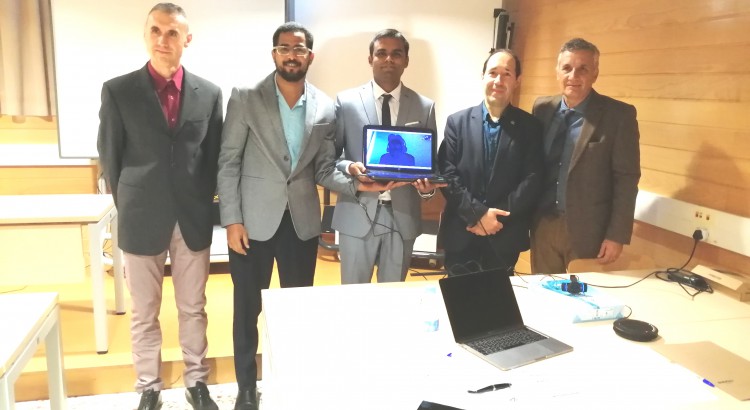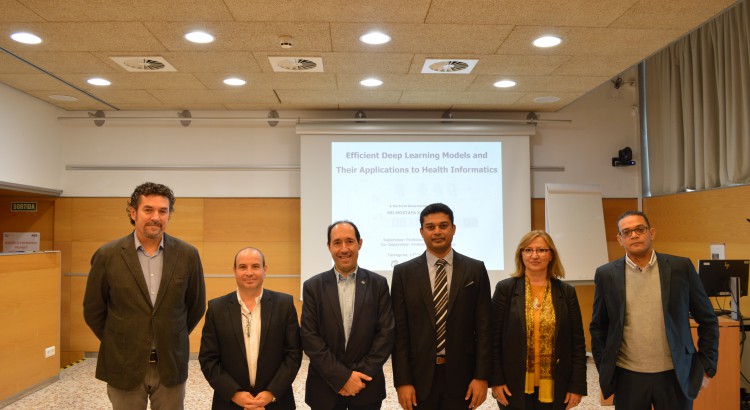Segmentation and Classification of Multimodal Medical Images based on Generative Adversarial Learning and Convolutional Neural Networks
Abstract: Medical imaging is an important means for early illness detention in the majority of medical fields, which provides better prognosis to the patients. But properly interpreting medical images needs highly trained medical experts: it is difficult, time-consuming, expensive, and error-prone. It would be more beneficial to have a computer-aided diagnosis (CAD) system that can automatically outline the possible ill tissues and suggest diagnosis to the doctor. Current development in deep learning methods motivates us to improve current medical image analysis systems. In this thesis, we have considered three different medical diagnosis, such as brenst cancer from mammograms and ultrasound images, skin lesion from dermoscopic images, and retinal diseases from fundus images. These tasks are very challenging due to the several sources of variability in the image capturing processes.


